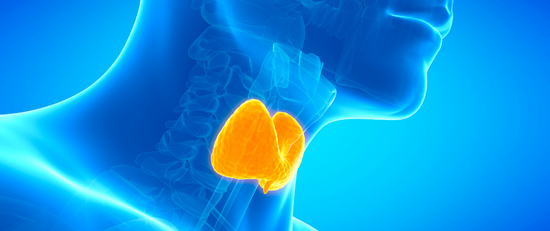The Wintertime Blues: Natural Ways to
Beat Seasonal Mood Swings
By Dr. Kevin Passero
As the days get shorter and the weather gets colder, many of my patients begin to notice changes in mood.
Seasonal depression, a condition characterized by low mood, occurs primarily in the fall and winter months when daylight is in short supply, with the brain chemistry being strongly influenced by light and temperature.
Symptoms of SAD (Seasonal Affective Disorder) mirror those of depression, but the difference is they tend to resolve during the sunnier days of spring and summer. Symptoms can include anxiety, low motivation, irritability, fatigue and food cravings to name a few.
If you think you are suffering from SAD there are several effective non-drug therapies to consider.
Light Therapy
Light therapy involves exposure to bright light in a close proximity to replicate the effects of increased sun exposure. Research has shown that exposure to bright light alters the neurotransmitters and hormones associated with mood. Light boxes can be purchased without a prescription at an affordable cost. This light has a full-spectrum array that mimics the light spectrum of the sun. Most of these light boxes do not emit any UV light, which can damage the skin and eyes. Studies have shown that up to 80% of people affected by seasonal mood issues gain significant benefit from light therapy, and others have shown 30 minutes of light therapy with a 10,000 lux light box as effective as medications.
The most accepted protocol is using a 10,000 lux (measured brightness) lamp at a distance of 6-12 inches for 30 minutes in the morning. This type of treatment may seem time consuming and cumbersome, but it offers an effective approach to treating Seasonal Affective Disorder. I recommend putting it on your desk and using in the morning while checking email.
Many of my patients improve when using light therapy for the “wintertime blues.”
St. John’s Wort
One of the oldest remedies, St. John’s Wort, has been used by cultures around the world for its mood enhancing and anti-viral properties. Numerous studies have put it head-to-head with medications and most have shown equal efficacy, but without side effects.
A 2008 review article published in the Cochrane Review investigated the effects of St. John’s Wort over a total of 29 trials with 5,489 patients. Of the 29 trials, 18 compared the effects of St. John’s Wort vs. placebo, and 17 compared its benefits vs. synthetic standard medications. The authors concluded, “The available evidence suggests that the hypericum extracts tested in the included trials a) are superior to placebo in patients with major depression; b) are similarly effective as standard anti-depressants; c) and have fewer side effects than standard anti-depressants.” The authors also commented that extracts of St. John’s Wort vary significantly and results may vary depending on the quality of the extract.
St. John’s Wort does come with some warnings. While it is considered a very safe herb in general, it can have some serious interactions with other medications. So it is important to check with a knowledgeable health professional before adding St. John’s Wort to your daily supplement regimen.
Vitamin D
It is also important to make sure you have your vitamin D levels checked, as this can also be a factor in regulating mood during the less sunny months. A simple blood test will reflect whether or not you need more vitamin D.
In addition to supporting mood, increased vitamin D intake is also associated with improved immune function which is important during the cooler months. In fact, some researchers speculated that flu season occurs during the winter months due to reduced sun exposure and subsequent drops in blood levels of vitamin D. Doses between 3,000 IU-5,000 IU of vitamin D are considered safe for long term use in adults and work best when combined with vitamin K2.
Durable D3 COMPLEX® is an advanced, all-in-one vitamin D formula that features an optimal dose of vitamin D3 (125 mcg / 5,000 IU) in its natural and most bioactive form. It also features a clinically proven 180 mcg dose of K2VITAL™, which provides highly bioactive vitamin K2 in the natural menaquinone-7 (MK-7) form, to enhance vitamin D’s effectiveness. This synergistic combination of nutrients helps make sure that calcium ends up in your bones where it belongs—instead of in your arteries or organs. As a result, this formula provides superior support for your bones, heart, brain and immune system.
Click here to learn more about Durable D3 COMPLEX.




